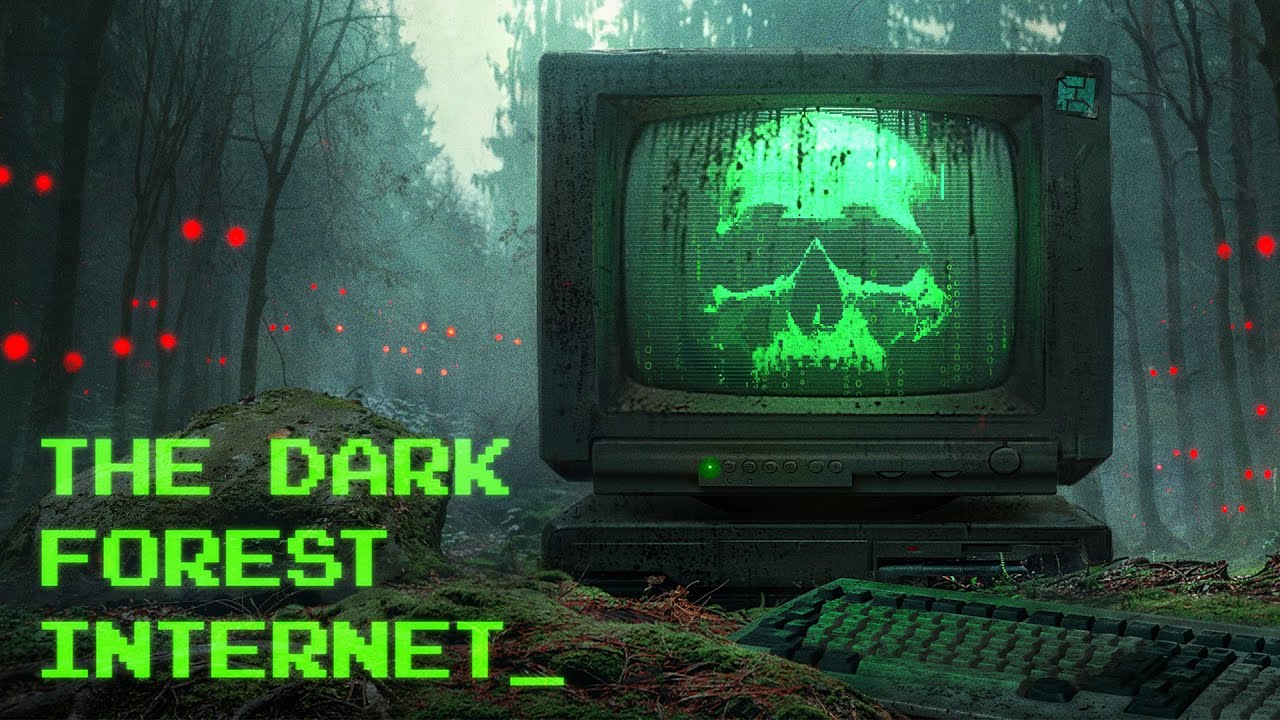The video explores the Dark Forest theory applied to the digital world, highlighting how generative AI technologies like Chat GPT are flooding online platforms with synthetic content. It discusses the implications of AI on the internet, including its ability to mimic human intelligence and the potential need for systems like CAPTCHA to distinguish between human and AI-generated content to combat misinformation and maintain authenticity in digital interactions.
The video discusses the concept of the Dark Forest theory, inspired by the Chinese sci-fi author Liu Cixin’s novel “The Three-Body Problem.” It compares the hidden and hostile nature of the universe to the increasingly lifeless and dangerous landscape of the digital world, where human users are retreating to private spaces to avoid digital predators like bots and AI-generated content. The Dark Forest theory of the internet is explored, highlighting the overwhelming presence of misinformation and the expanding influence of generative AI technologies like Chat GPT.
The narrative delves into the implications of generative AI on the internet, pointing out how these technologies are rapidly altering the online landscape by flooding it with synthetic content. Examples are provided, such as political lobbyists using AI to create automated content rings and individuals exploiting AI for SEO heists. The text emphasizes the exponential growth of synthetic online content and the ease with which AI can be leveraged to manipulate digital platforms for various purposes.
The discussion then shifts to the concept of the Turing test and the evolving role of AI in mimicking human intelligence. Large language models like Chat GPT are highlighted for surpassing human capabilities in certain tasks, leading to widespread adoption across different sectors. The notion of a reverse Turing test is introduced, suggesting that AI systems will increasingly be tasked with proving their humanity in the face of rising generative AI technologies.
The video also explores the potential need for systems like CAPTCHA to verify human-generated content in the digital realm as AI advancements blur the lines between human and machine-produced content. The importance of distinguishing between human and AI-generated content is underscored, especially in the context of combating spam, scams, and misinformation online. Practical advice is offered for signaling one’s humanity online, including engaging in offline interactions and leveraging human-specific communication traits to distinguish oneself from AI.
In conclusion, the video acknowledges the transformative potential of AI technologies, such as enabling free education and advancements in healthcare. However, it also warns of the potential dangers and ethical considerations associated with the unchecked proliferation of AI. The narrative urges careful consideration of the next steps in navigating the evolving digital landscape, emphasizing the need to address the challenges posed by generative AI to prevent negative outcomes and maintain the authenticity of human interactions in an increasingly AI-dominated world.
